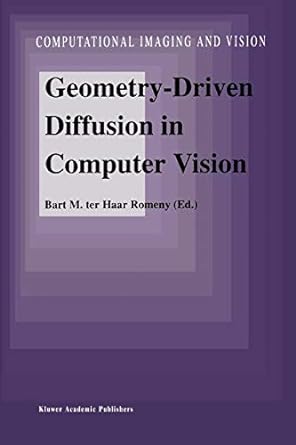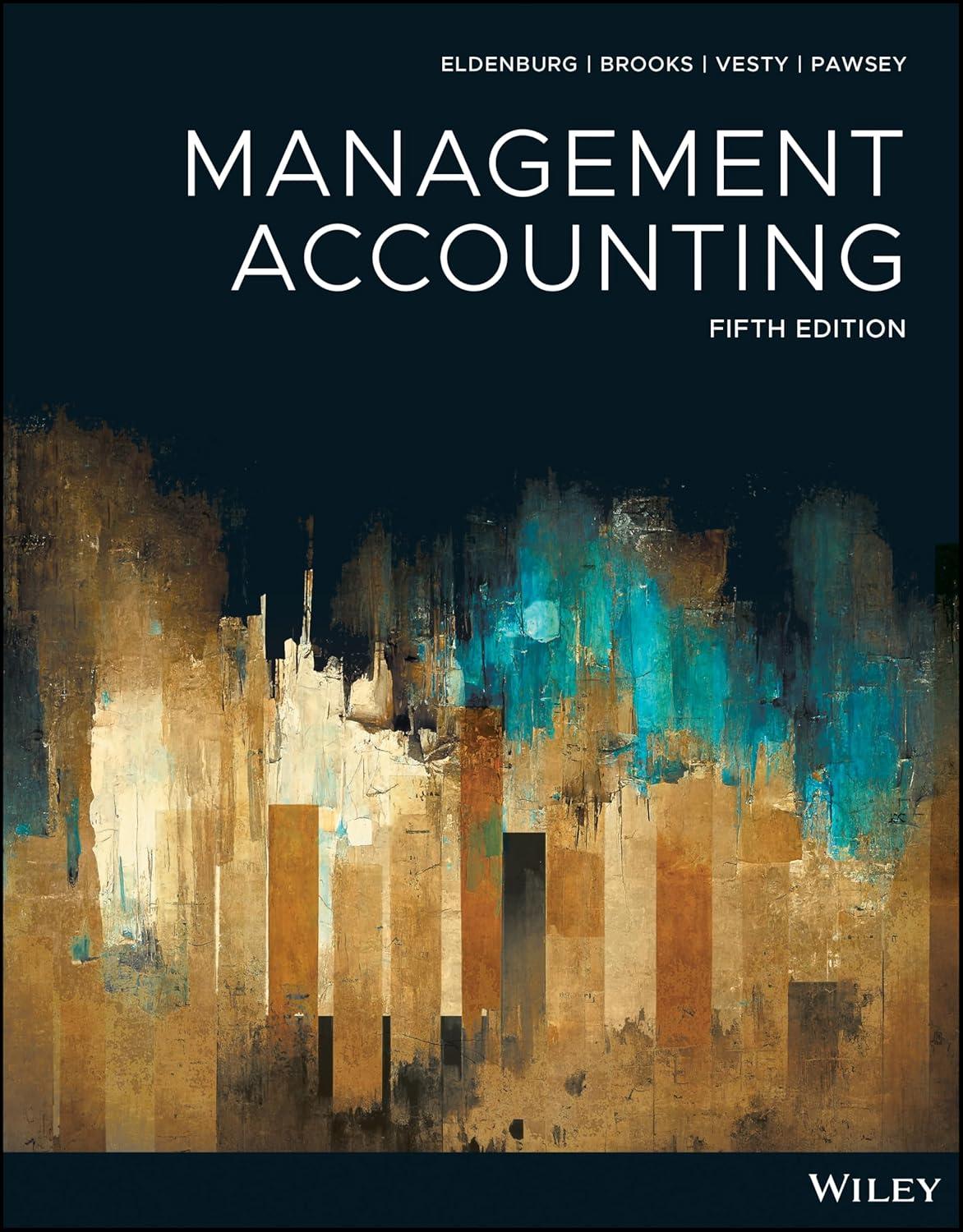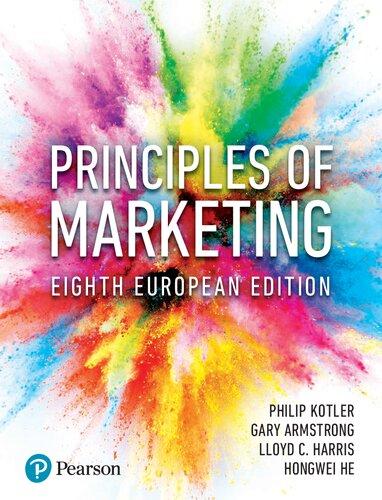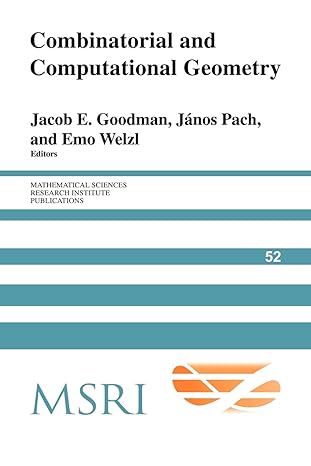Go back


Geometry Driven Diffusion In Computer Vision(1st Edition)
Authors:
Bart M. Haar Romeny

Cover Type:Hardcover
Condition:Used
In Stock
Shipment time
Expected shipping within 2 DaysPopular items with books
Access to 30 Million+ solutions
Free ✝
Ask 50 Questions from expert
AI-Powered Answers
✝ 7 days-trial
Total Price:
$0
List Price: $109.99
Savings: $109.99(100%)
Solution Manual Includes
Access to 30 Million+ solutions
Ask 50 Questions from expert
AI-Powered Answers
24/7 Tutor Help
Detailed solutions for Geometry Driven Diffusion In Computer Vision
Price:
$9.99
/month
Book details
ISBN: 9048144612, 978-9048144617
Book publisher: Springer
Get your hands on the best-selling book Geometry Driven Diffusion In Computer Vision 1st Edition for free. Feed your curiosity and let your imagination soar with the best stories coming out to you without hefty price tags. Browse SolutionInn to discover a treasure trove of fiction and non-fiction books where every page leads the reader to an undiscovered world. Start your literary adventure right away and also enjoy free shipping of these complimentary books to your door.
Book Summary: Scale is a concept the antiquity of which can hardly be traced. Certainly the familiar phenomena that accompany sc ale changes in optical patterns are mentioned in the earliest written records. The most obvious topological changes such as the creation or annihilation of details have been a topic to philosophers, artists and later scientists. This appears to of fascination be the case for all cultures from which extensive written records exist. For th instance, chinese 17 c artist manuals remark that "distant faces have no eyes" . The merging of details is also obvious to many authors, e. g. , Lucretius mentions the fact that distant islands look like a single one. The one topo logical event that is (to the best of my knowledge) mentioned only late (by th John Ruskin in his "Elements of drawing" of the mid 19 c) is the splitting of a blob on blurring. The change of images on a gradual increase of resolu tion has been a recurring theme in the arts (e. g. , the poetic description of the distant armada in Calderon's The Constant Prince) and this "mystery" (as Ruskin calls it) is constantly exploited by painters.
Customers also bought these books
Frequently Bought Together
Top Reviews for Books
Kawonda Williams
( 4 )
"Delivery was considerably fast, and the book I received was in a good condition."










